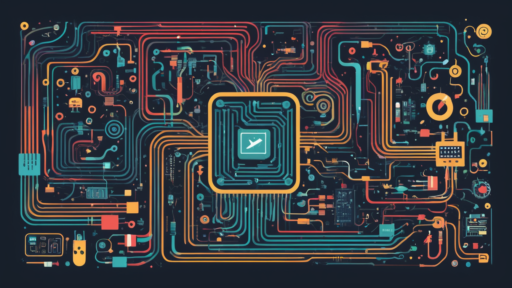“`html
Upgrading Jenkins: Do Connected Nodes Go Offline?
Jenkins is a widely used automation server that enables developers to build, test, and deploy their software reliably. Due to its popularity and extensive plugin ecosystem, it’s crucial to keep Jenkins updated for improved performance, security patches, and new features. However, one of the prevalent concerns while upgrading Jenkins is whether the connected slave nodes or agents go offline during the process. In this article, we’ll explore this scenario, offer practical solutions, and provide some best practices for seamless upgrades.
Understanding Jenkins Nodes and Their Connectivity
Nodes in Jenkins include the master and agent machines. The master orchestrates the tasks, whereas agents are responsible for executing the build operations. The master and agents communicate using a robust protocol, relying primarily on HTTP or the JNLP (Java Network Launch Protocol).
During a Jenkins upgrade, sustaining this connectivity is crucial to ensure uninterrupted build operations, especially in environments where continuous integration and continuous deployment (CI/CD) pipelines are in play.
Impact of Upgrading Jenkins on Node Connectivity
When you upgrade Jenkins, typically, only the master instance undergoes the upgrade process. The connected agent nodes are not directly part of the upgrade process; however, there might be indirect impacts:
- Restart of Jenkins Master: The Jenkins upgrade necessitates restarting the master, which might temporarily disrupt the connectivity to the agents.
- Compatibility Issues: Sometimes, newer Jenkins versions introduce breaking changes or deprecated features that may affect existing setups.
- Plugin Incompatibility: Agents rely on plugins to execute builds. An update might lead to compatibility issues with the installed plugins affecting agent operations.
Minimize Downtime: Strategies for a Smooth Upgrade
To ensure that the nodes stay connected during and after an upgrade, consider these strategies:
Pre-Upgrade Preparations
- Backup Jenkins: Always ensure a full backup of your Jenkins configuration and data before initiating an upgrade. This includes your job configurations, plugin data, and other important settings.
- Check Plugin Compatibility: Evaluate and ensure that all installed plugins are compatible with the version you’re planning to upgrade to. You can check the plugin compatibility at the official Jenkins Plugin Index.
- Review Jenkins Release Notes: Every Jenkins release comes with detailed release notes. These highlight any significant changes, new features, deprecated elements, or potential compatibility issues. You can access these notes on the official Jenkins Change Log.
During the Upgrade
- Schedule Downtime: Plan your upgrade during times of low traffic or less critical periods to minimize the impact of any downtime.
- Upgrade Jenkins Master Gradually: Start by upgrading a test environment before moving on to the production master. This allows you to test for potential issues without impacting the live system.
Post-Upgrade Actions
- Verify Node Connectivity: Once the master is upgraded, immediately verify that all agent nodes are still connected and operational.
- Test Build Jobs: Execute a few build jobs to ensure the entire CI/CD pipeline is functioning as expected without any disruptions.
- Monitor System Logs: Keep an eye on system and Jenkins-specific logs to identify and troubleshoot any unforeseen issues promptly.
Solutions for Common Issues Post-Upgrade
Even with meticulous planning, it’s possible to encounter issues post-upgrade. Here are some solutions to tackle common problems:
Agent Nodes Go Offline
If agent nodes go offline after an upgrade, consider the following:
- Check Node Configuration: Ensure that the node configurations, especially their remote root directories and executors, remain valid post-upgrade.
- Firewall or Network Issues: Verify that there have been no changes in firewall or network settings that might hinder communication between the master and agent nodes.
- JNLP Updates: If you are using JNLP agents, ensure that they are correctly updated to work with the latest Jenkins and Java versions.
- Reinstall Agents: In some cases, simply reinstalling the agent software on the nodes can resolve connectivity issues.
Plugin Failures
If some plugins are not working post-upgrade:
- Update Plugins: Ensure that all plugins have been updated to their latest versions post-Jenkins upgrade.
- Check for Deprecation: Verify if the Jenkins upgrade deprecated any required plugins and find alternative solutions or plugins if necessary.
Conclusion
Upgrading Jenkins is an integral part of maintaining a robust CI/CD pipeline, but it often brings concerns about the stability and connectivity of agent nodes. By understanding the potential impacts and employing strategic pre-upgrade, during-upgrade, and post-upgrade practices, you can significantly minimize downtime and connectivity issues. Moreover, addressing common post-upgrade challenges promptly ensures that your Jenkins environment stays operational and efficient.
For more resources and community support, consider visiting the Jenkins Community forum or explore more tips and tricks in the Jenkins Documentation.
“`






